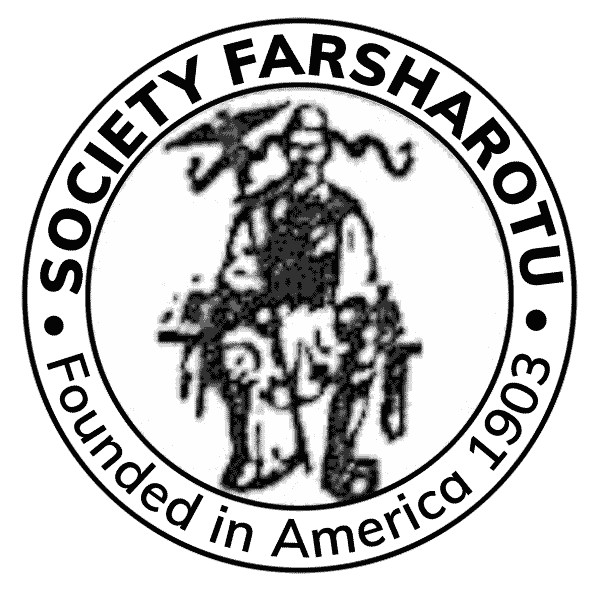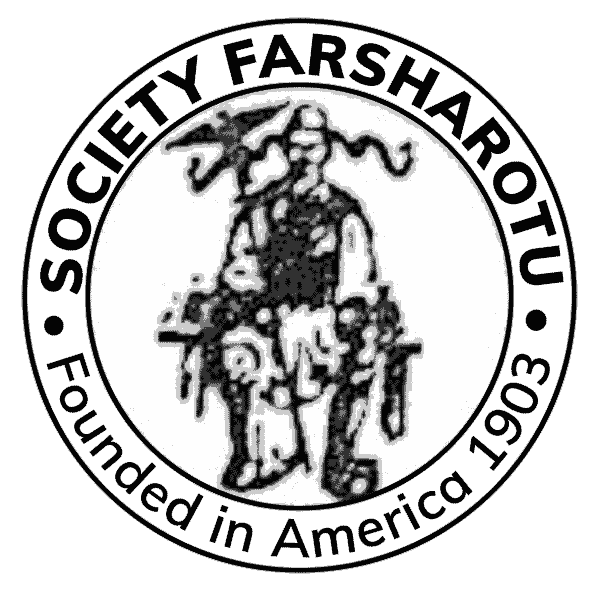Did You Know?
The late Patriarch of Constantinople Athenagoras was an Aromanian who happily spoke the language at home.
The number of Aromanians was estimated at the turn of the century to be from 350,000 to 600,000; current estimates for Greece and Yugoslavia give about 120,000 total, while figures for Albania and Bulgaria are not even available.
Several Roman Emperors came from the Romanized Balkan population that the Aromanians are descended from. One of the greatest of these, Justinian I, was from a Latin-speaking village near modern Nish, in Yugoslavia.
The only modern battleship in the Greek navy at the time of the First World War was obtained through the generosity of the wealthy Aromanian George Averoff.
Another Aromanian family, that of Baron Sina in Vienna, was so wealthy as to be competing with the Rothschilds in European financial markets in the nineteenth century.
The first cinematographers in the Balkans were the Manakia brothers (Miltiade and Iannaki), Aromanians from the village of Avdhella. They took much footage of our villages, costumes, dances, etc.; the Society is looking into the possibility of making these unique materials available here.
The Aromanians are experiencing a cultural revival in the1980s; the villages in Greece are now organized into a Pan-Hellenic Vlach Society, and they hold a huge outdoor festival every year in June at Selia, a village near Salonica. Highlights include music, roast lamb, and costumed dancers representing each village (including the Farsarotsi, who have settled all over Greece). The Society is considering organizing Cultural Heritage Tours of some of these villages; drop a line to the Editor if you are interested.


Responses